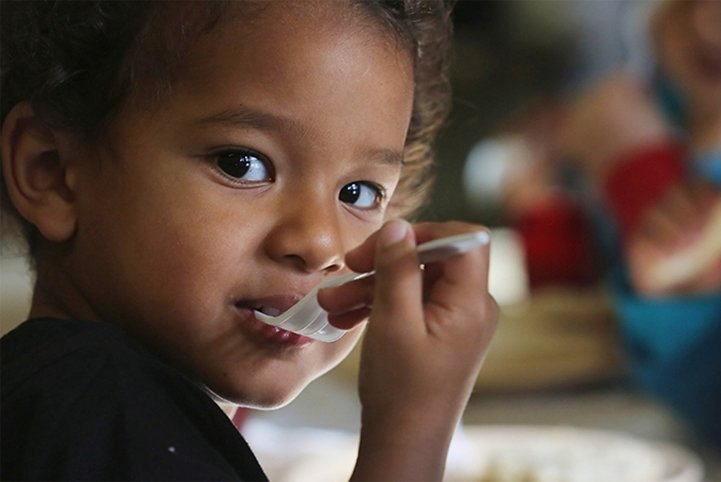Spotlight On: Baltimore City Weatherization Assistance Program and Healthy Homes
Since the stimulus-funded Weatherization Assistance Program (WAP) began, Baltimore City has weatherized more than 3,000 households. However, due to the old and degraded state of much of the city’s housing stock, half of all applicants are initially denied services. To remedy this, the city has taken a number of steps to provide additional services. In 2010, Baltimore City received a $275,000 grant from the Living Cities Foundation to build a system of case coordination so that clients deferred from WAP could receive the health and safety services from partner organizations in order to qualify their houses for Baltimore City’s Weatherization program. The key to this system is the role of the case coordinators, who coordinate services for clients across multiple agencies so they receive all the benefits for which they are eligible. Baltimore Housing established the LIGHT (Leading Innovation for a Green & Healthy Tomorrow) team, a network of government, nonprofit, and private partners that strategically coordinates resources to combine energy, health, and safety interventions in homes. Services range from asthma reduction to lead paint abatement, fall and injury prevention, and home safety modifications. Additionally, the agency reorganized its housing services into a Division of Green, Healthy and Sustainable Homes that oversees weatherization, housing rehabilitation, and lead abatement. The alignment of these programs allows the city to blend U.S. DOE energy efficiency retrofits with critical health and safety investments. Baltimore Housing also received a $1 million charitable contribution from utility company Constellation Energy to fund roof replacements for clients who would otherwise be deferred from WAP services, as well as heating system replacements for clients with unsafe or inoperable furnaces. A grant from the Abell Foundation is leading the Baltimore City Weatherization program into the digital age. It allows for the development of Web-based applications with digital signatures and merges weatherization, housing rehabilitation, and lead abatement programs into a single application. This helps the city’s Weatherization program efficiently and effectively connect clients with health and safety funding. The grant also funds the use of the EarnBenefits program, which connects clients with other services. The ultimate goal is to develop clients’ financial assets so they can continue to thrive and maintain their weatherized homes. Finally, Baltimore City is a leader of the national Green and Healthy Homes Initiative (GHHI), led by the Coalition to End Childhood Lead Poisoning, which is an initiative to integrate energy efficiency and healthy homes improvements into houses. To date, 359 GHHI units have been completed in Baltimore City and capacity continues to expand. On May 18, 2011, Mayor Stephanie Rawlings-Blake signed the GHHI Compact, which pledges that city agencies will work hand in hand with nonprofit organizations and private entities to further expand the city’s collaborative capacity to make homes greener, healthier, and more sustainable in the most efficient and cost-effective ways possible. These innovative programs and partnerships show how energy efficiency can be merged with health services to make for healthier cities and towns across America.





